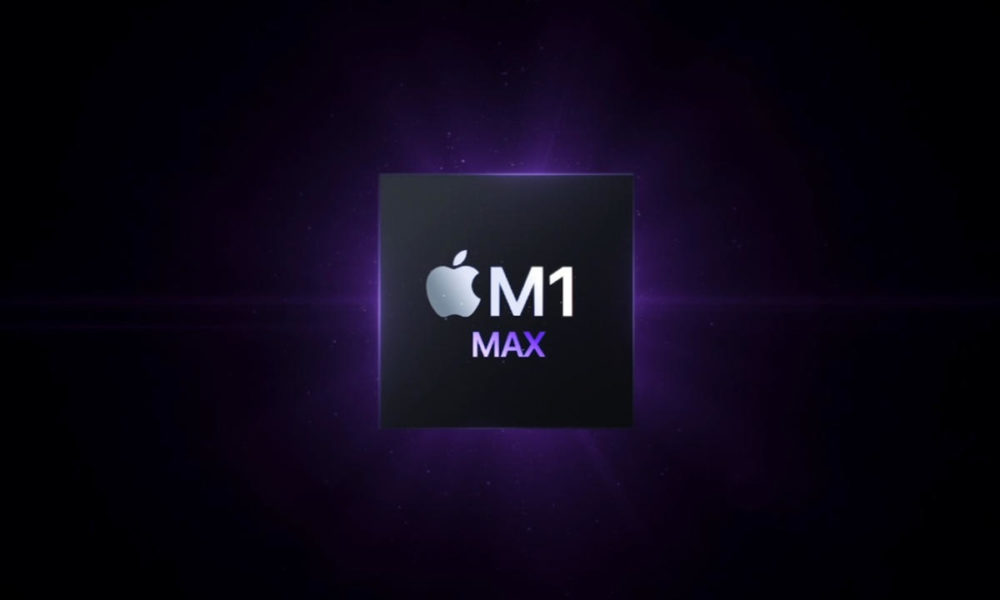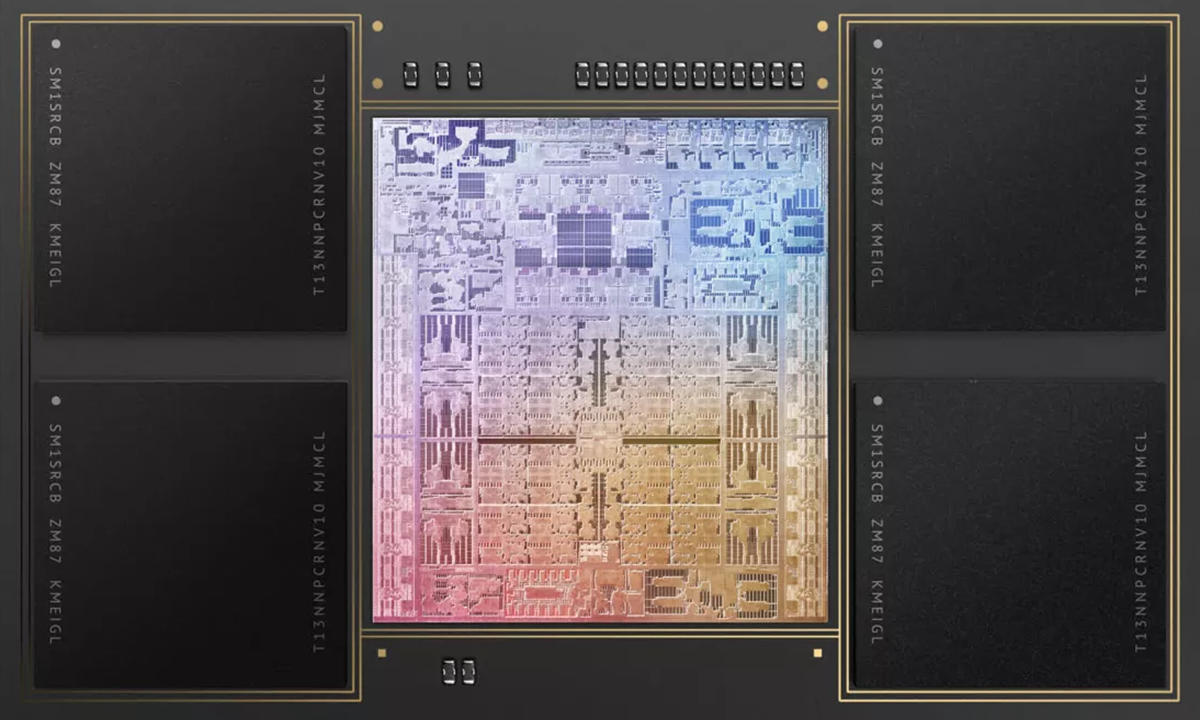
Apple continues to take steps to complete the silicon project, the hardware program by which will replace Intel’s x86 processors with proprietary chips created under the ARM architecture on their Mac personal computers. Those in Cupertino announced that they would complete the transition in two years, renewing their entire catalog with the new chips. Now we have information about what is to come in 2022.
The latest MacBook Air, 13-inch MacBook Pro, Mac mini, and 24-inch iMac already use M1 silicon, and Apple recently announced new improved SoCs for the 14-inch and 16-inch MacBook Pros. Of its entire line of personal computers, only the 27-inch iMac and the Mac Pro, the two most powerful computers in its catalog that still use Intel processors, would be left out.
Apple has already shown its ability to design its own high-performance chips, since it opted for that strategy for the launch of the original iPhone and the rest of its mobile devices. The success has been complete. Apple has achieved what it was looking for, avoiding dependence on external technology; maximum control to integrate software and hardware and also cost savings.
In PCs, it has demonstrated its ability favored by a closed ecosystem that allows full integration with the operating system and, it is fair to recognize it, for the good work of a company with extensive experience in ARM, an architecture based on RISC that began to be developed. in the early 1980s by Acorn Computer and in whose development Apple got involved shortly after. In fact, an ARM6 was the engine of the PDA, Apple Newton.
Mac Pro with ARM (and the 27 ″ iMac)
The Mac Pro is Apple’s workstation and as such, there is expectation to know how Apple can replace the current Intel Xeon processors with ARM and especially NVIDIA’s dedicated professional graphics, while maintaining its high performance. Logically, it is much easier to make a hardware change in an ultraportable like the MacBook Air than a work machine as powerful as this one.
The well-known Apple leaker, Mark Gruman, says Apple plans to power the Mac Pro using multi-die designs from its latest developments. Instead of going back to the drawing board and designing chips with higher specs, Why not just join two or four of the existing SoCs together?
That seems to be the idea and as their names indicate, the Apple M1 Max would have two SoCs and would be used in the basic configurations of the new Mac Pro, while the “Quadro” would use four Max for the high-end Mac Pro, mounting 40 CPU cores and 128 graphics cores.
Hector Martin, who is in the process of migrating Linux to the M1 Pro / Max, indirectly supports Gruman’s claims by the evidence that discovered in the macOS code. «The macOS drivers have a lot of references to the multiple matrices, and the IRQ driver on the M1 Pro / Max is clearly designed with a second half (currently unused) for a second matrix“Martin tweeted. Technically it is a second set of config / mask / software-gen / hw-state registers with entries currently inactive, but which can be enabled.
A workstation with ARM?
If the CPU capacity seems sufficient to maintain the performance of the Intel Xeon, more doubts arise from the ability to cover the graphics and certifications of professional CAD / CAM / architecture / engineering applications that these types of machines require. Apple promised that it would guarantee scalable performance, and ARM is used successfully in servers and supercomputers like Japan’s Fugaku, the most powerful on the planet.
We will have to wait to see the performance of this Mac Pro with ARM. The new ‘all-in-one’ AIO is also expected 27-inch iMac use these types of multi-array designs, as employing a simple SoC would degrade its performance versus the current model with Intel hardware.
And for the future aim SoC M2 with 40 cores It is in development for arrival in 2023, although it may exceed the time horizon set to complete the transition and hence the rumors point to bundled chips and not completely new dies.
Apple is expected to unveil the new ‘all-in-one’ iMacs AIOs in March 2022. The release schedule for the Mac Pro is unknown and will be the ultimate gauge to verify the success of the transition to ARM and collateral damage for Intel (and in general for the x86 architecture) you will have this program if the rest of the manufacturers follow suit.




